Congratulations,
You’ve made it to the final stage of this course, and that alone is a remarkable achievement.
Let’s look back at what you have accomplished.
- You started by understanding AI, Machine Learning, and Deep Learning.
- You explored key machine-learning concepts: datasets, model training, evaluation, overfitting, optimization, and hyperparameter tuning.
- Using real-world data, you implemented core machine learning algorithms, such as linear and logistic regression, decision trees, K-nearest neighbors, and support vector machines.
- You built your own neural network from scratch, learning how they operate, train, and adapt to grading descent and backpropagation.
- You mastered data handling and preprocessing: cleaning, normalizing, engineering features, and performing exploratory data analysis.
- You worked with PyTorch, bringing everything together into a streamlined machine-learning pipeline, training, evaluating, and saving models just like a real-world machine-learning engineer.
- You explored advanced deep-learning architectures, including convolutional neural networks for image processing and recurrent neural networks for sequential data.
- You completed the capstone project, applying your knowledge to a real-world dataset, making sense of big data, training models, and drawing insights from AI power predictions.
So what’s next?
Your journey continues.
While this course has provided you with a strong foundation, machine learning is fast-evolving. The models you trained today are just the beginning. What’s coming next in AI and machine learning is truly beyond imagination. And here’s the key. Machine learning is not a plug-and-play solution. It’s not just about feeding data into a model and expecting results. It requires critical thinking, creativity, and iteration. Every dataset is different. Every problem has its challenges, and the real power of machine learning lies in your ability to ask the right questions, interpret results, and continuously refine your models.
Stay curious and keep learning. The best machine learning practitioners never stop learning. AI is evolving at an unprecedented pace, and staying ahead means exploring new models, reading research papers, experimenting with real-world data, and always asking how this can be improved.
Apply machine learning to your own problems. The best way to keep learning is by doing. Whether you’re working in engineering, science, business, or any other field, machine learning has the potential to enhance decision-making, automate processes, and unlock insights you never thought possible.
What’s coming next is unbelievable. The AI breakthroughs of today were unimaginable just a decade ago: self-learning algorithms, real-time AI systems, generative AI models… These are transforming the world in ways we are only beginning to understand. And you are now part of that movement.
So, as you move forward, keep learning, keep questioning, and keep building. The future of AI is unfolding right now, and the next breakthroughs will come from people who are willing to push the boundaries, challenge norms, and explore the ocean of possibilities that AI offers.
Thank you for being part of this journey.
We can’t wait to see what you create.
See you in the next challenge!

